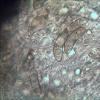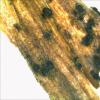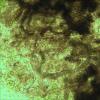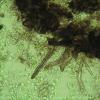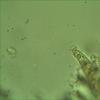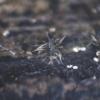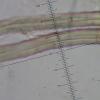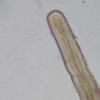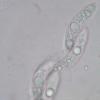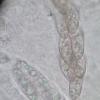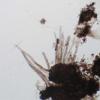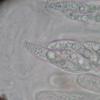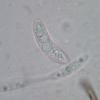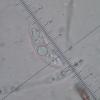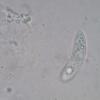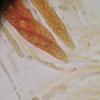
09-01-2026 17:41
Arnold BüschlenHallo, F. dilatata wird von vielen Bryoparasiten

10-01-2026 20:00
Tom SchrierHi all,We found picnidia on Protoparmeliopsis mur

07-01-2026 22:22
 Danny Newman
Danny Newman
Tatraea sp. on indet. hardwood The Swag, Great Sm

10-01-2026 01:18
 Danny Newman
Danny Newman
cf. Neovaginatispora fuckelii on indet. shrub Pre

07-01-2026 10:24
 Danny Newman
Danny Newman
Pezicula sp. on indet. hardwood Appalachian Highl

09-01-2026 10:08
 Blasco Rafael
Blasco Rafael
Hola, en el mismo habitat que la anteriorRetamaDia

08-01-2026 21:22
 Blasco Rafael
Blasco Rafael
Hola, He recogido esta muestra de Orbilia sobre Re

07-01-2026 17:29
 Marc Detollenaere
Marc Detollenaere
Dear Forum,On a barkless Populus I found some smal

10-11-2021 17:33
 Riet van Oosten
Riet van Oosten
Add-on topic http://www.ascofrance.com/forum/7059

07-01-2026 10:05
 Danny Newman
Danny Newman
cf. Chaetospermum on XylariaCosby Campground, Grea

Dear all,
found today on an lying dead stem of Fagus, initial stage of decomposition.
Macroscopically I first thought it might be something like Lasiosphaeria hirsuta, but the spores a different and quite striking.
Spores becoming slightly brownish with age, bean-shaped, 27-32 x 8,5-11 µm, with two or three big oil drops.
Asci without reaction on Lugols/Barals.
Has anyone an idea were to search for?
thank you and best regards,
Andreas
could be something like Helminthosphaeria stuppea (formerly Lasiosphaeria s.). Have a look at this paper: http://www.ascofrance.fr/uploads/forum_file/Helminthosphaeriaceae-Miller-et-al-Mycologia2014-0001.pdf.
Best wishes,
Gernot

Dear Gernot,
thank you very much, that looks very promising!
May be Jacques can confirm this :-)
best regards,
Andreas

Hallo Gernot,
wieso kennst Du diese Art eigentlich?
Ich wollte mal etwas darüber recherchieren, aber die Art ist noch nicht mal in unserem TaxRef-Liste für Deutschland enthalten - scheint also neu für Deutschland zu sein?!
beste Grüße,
Andreas

this would be my guess too, around H. stuppea.If you read the Mycologia paper you will see that the delimitation of these species is not fully resolved.
Good luck!
Jacques

Dear Jacques,
thanks a lot!
Not fully resolved means, that it is not certain that the european collections are identical to the american ones. But the european collections are identical one to each other, isn't it?
Is this a rare species? I don't find anything in german language on that species ....
best regards,
Andreas

Jacques
just a few weeks ago we had a collection of a "typical" H. stuppea, i.e. one that fits the description in the Mycologia article quite well. Unfortunately I won't have access to the photos of this collection until next week so I can't show them right now.
And a few years back I found a species that came close to H. stuppea but had deviating ascospores. That was the collection that intruduced me to this intricate group. :-)
Best wishes,
Gernot
